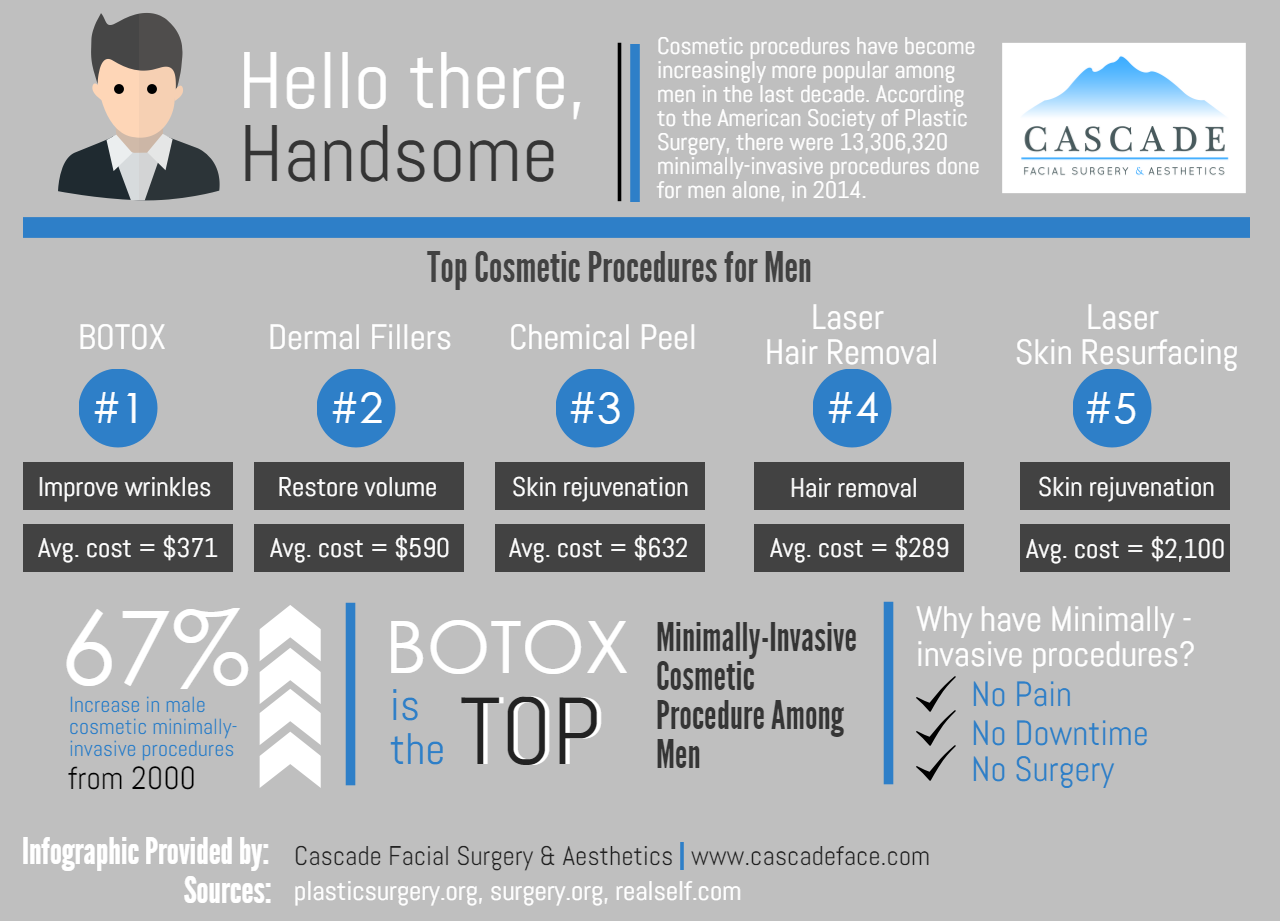Do Toners Help Reduce Acne
Do Toners Help Reduce Acne
Blog Article
Acne Therapy - What Are AHAs in Acne Therapy?
AHAs are a vital ingredient for unclogging pore clogs and brightening acne-prone skin. They function by breaking down dead skin cell buildup to advertise newer, fresher cells, and avoiding future clogs.
Creating topical AHAs requires meticulous interest to various crucial factors that dramatically impact their effectiveness and tolerability. Maintaining the ideal pH array, along with car option and concentration, enhances their exfoliative features while mitigating prospective negative responses.
Glycolic acid
Glycolic acid is recognized for its mild yet effective exfoliating buildings, which advertise skin's all-natural losing and loosen up the "adhesive" that holds dead cells on the surface of the skin. This helps unclog pores and minimize the appearance of fine lines and creases, along with boost total skin appearance and tone.
Remarkably, topical glycolic acid has actually likewise been shown to stimulate the manufacturing of collagen, which is essential in keeping skin's suppleness and elasticity. It is essential to keep in mind, nonetheless, that since glycolic acid can stimulate the skin's level of sensitivity to sunshine, it is necessary to wear sun block when using any kind of products containing this active ingredient.
Skin specialists pay mindful interest to the formulation of products containing AHAs in order to enhance their efficacy and tolerability. Developing AHAs with the appropriate automobile, along with pH and concentration factors to consider, allows for ideal skin infiltration while reducing prospective damaging reactions. This is especially critical for clients with sensitive skin, given that AHAs are known to be mildly annoying.
Lactic acid
Lactic acid is discovered in several over-the-counter skin care products and some stronger professional peels and treatments. It has the lowest molecular weight of all the AHAs and is able to permeate deeper into the skin, where it is much more efficient at unclogging pores and exfoliating.
Like glycolic acid, it likewise stimulates collagen synthesis, which helps diminish fine lines and creases and boost skin structure. Furthermore, it has moisture-retention residential properties, which makes it more suitable for drier skin kinds than various other AHAs.
The substantial body of medical data confirming the effectiveness of topical AHAs supports their energy in a vast array of dermatological ailments and aesthetic concerns. These consist of intricate skin restoration procedures, depletion of fine lines and creases, lightening of hyperpigmentation, therapeutic treatment for actinic keratosis, and acne management [2] Enhancing the solution of AHAs by balancing pH, concentration, and vehicle option additionally enhances their therapeutic potential. These careful considerations enable dermatologists to deliver safe and effective treatments that provide superior clinical results.
Mandelic acid
Mandelic acid, derived from almonds, is an additional member of the AHA family and is a preferred component in products that aid deal with acne. Its larger molecular size implies it permeates the skin extra slowly and delicately, which can decrease the capacity for inflammation. It's likewise much less most likely to cause soreness and other skin level of sensitivity issues, making it appropriate for delicate skin types.
Mandelic Acid is thought to help reduce inflammation and boost hydration. It functions by loosening the bonds in between dead skin cells, permitting them to lose and expose fresher-looking skin. It likewise helps in reducing the look of enlarged pores.
Formulating topical items with AHAs needs an accurate balance of vital aspects that considerably impact their effectiveness and tolerability. In particular, the pH of an AHA formulation has actually been shown to play an important role in its capability to promote exfoliation and enhance complexion and appearance. Attaining this optimal focus is a challenging goal and requires meticulous attention to the different elements that influence the solution process.
Citric acid
Citric acid, discovered in citrus fruits such as oranges and lemons, is a light AHA. It's less annoying than glycolic or lactic acid, making it preferable for sensitive skin. It likewise has astringent residential or commercial properties, assisting to dry excess oil.
Like various other AHAs, citric acid can be used in chemical peels and daily active/maintenance treatments to exfoliate the skin and advertise cell turn over. It can help reduce the appearance of dark areas and hyperpigmentation, as well as fine face lines.
It can also raise the synthesis of glycosaminoglycans, which play an important role in enhancing the skin obstacle function. This helps to prevent trans-epidermal water loss, and keep optimum hydration degrees in the skin [35]
AHAs can be incorporated with calming components such as ceramides or hyaluronic acid to improve their tolerability. They can be incorporated right into everyday active/maintenance skincare via cream or serum solutions. This enables professionals to tailor their AHA therapies microdermabrasion based on patient demands and preferences, with the versatility of selecting from various therapy intensities or concentrations.